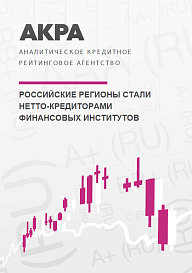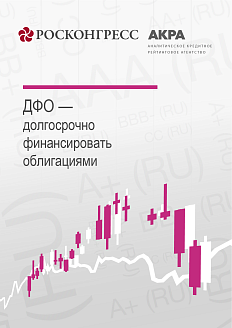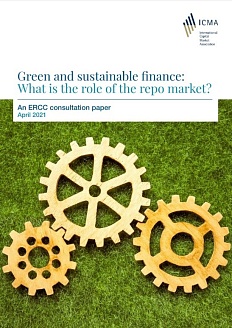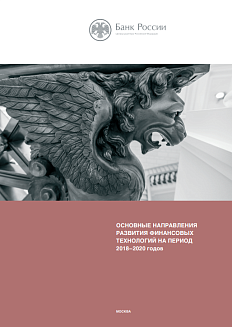In 2017, Russian regions earned RUB 99.4 billion as bank deposit interest and spent RUB 110.1 billion to pay loan interest. 12 Russian regions earned additional revenues, of which 74.7% was the share of Moscow. Bank deposits placed by regions include surplus funds of previous periods, intra-year cash surpluses and temporary free cash balances of state-owned enterprises.
.png)
Most payments (in absolute terms) were made by the Krasnoyarsk Region and Moscow Region (RUB 6.8 billion and RUB 6.6 billion, respectively). The Moscow Region earned about RUB 7 billion from its bank deposits, which completely covered its debt service costs. Note that, in 2017, the interest earnings on bank deposits exceeded debt service costs in nine Russian regions. Regions bank deposits and commercial debt are comparable in volume: as of 1 March 2018, the volume of bank deposits placed by regions amounted to RUB 1.122 trillion, while the volume of commercial debt (bonds and bank loans) was RUB 1.069 trillion (RUB 1.309 trillion including the commercial debt of municipalities). In 2017, the volume of Russian regions bank deposits exceeded their commercial debt for over seven months, reaching RUB 1.363 trillion.
.png)
Regions place deposits with one banks and borrow from the other. As of 1 March 2018, the aggregate share of Bank GBP (JSC), Bank VTB (PJSC) and RSHB (JSC) in the total deposits placed by regions was 90.2%, while the share of Sberbank was 1.5%. At the same time, Sberbank issued about 84% of loans to regions (including municipalities), while the shares of Bank GBP (JSC), Bank VTB (PJSC) and RSHB (JSC) were 3.0%, 2.5% and 0.3%, respectively. According to ACRA estimates, 11 Russian regions have financial reserves. For comparison: in the USA, where states are active in the debt market, 44 out of 50 states have Rainy Day Funds. The availability of financial reserves supports the credit quality of the largest Russian regions and U.S. states and allows them to cover budget deficits and maneuver in the debt market and raise funds under comfortable rates. Provided that Russian regions retain a certain degree of budgetary independence and remain active in the debt markets (including the bond market and the bank loan market), they should follow a counter-cyclic budget policy in the mid-term.






